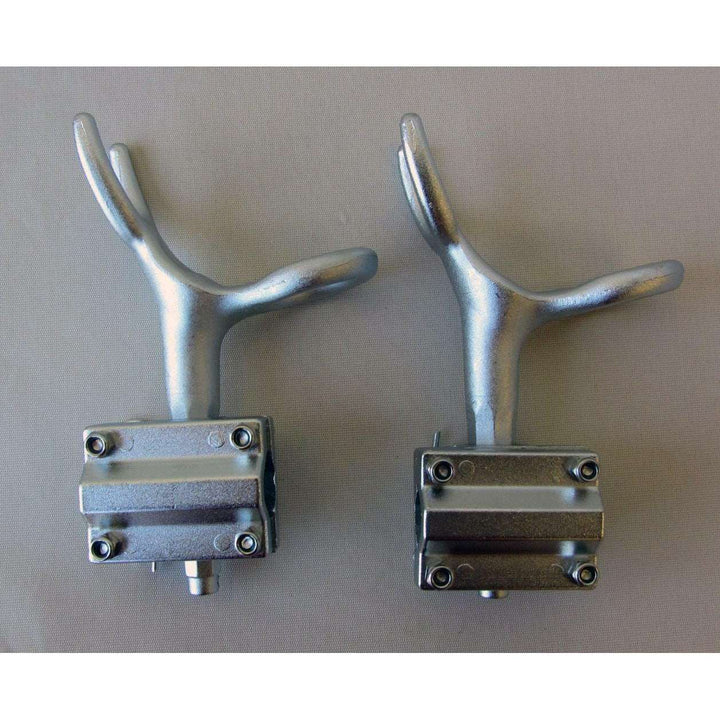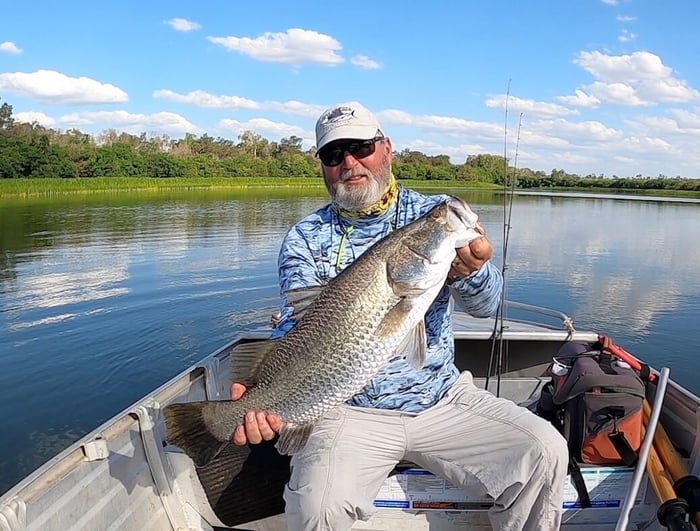Understanding wind strength is basic safe boating information that every fisherman should know before heading out to sea for a fish. Understanding what wind speed is safe for boating is one of the most valuable pieces of knowledge for anyone involved with boating. Not only is it vital in keeping you safe, but you’ll save a lot of failed trips to the boat ramp and time wasted as you'll know from reading the forecast if your boating equipment will handle to day. You'll also be able to describe wind strength correctly and sound like a verified sea captain when at the boat ramp telling old mate how the wind is out on the water.
The first thing to understand is wind strength classifications. In the past you may have heard other boat owners using terms such as "fresh winds" and "strong winds" and thought they were just making up these classifications. It may surprise you to know that all of these ways people you have overheard describing wind strength are actually technical descriptions. These descriptions come from the Beaufort Wind Scale which is a tool boaters use to determine the strength of a particular wind. We've dropped it here for you to have a look other and touch up on your knowledge.
Safe boating!
| Beaufort scale | Desc. term | Units in knots | Description on Land | Description at Sea |
|---|---|---|---|---|
| 0 | Calm | 0 | Smoke rises vertically | Sea like a mirror. |
| 1-3 | Light winds | 10 knots or less | Wind felt on face; leaves rustle; ordinary vanes moved by wind. | Small wavelets, ripples formed but do not break: A glassy appearance maintained. |
| 4 | Moderate winds | 11-16 knots | Raises dust and loose paper; small branches are moved. | Small waves - becoming longer; fairly frequent white horses. |
| 5 | Fresh winds | 17-21 knots | Small trees in leaf begin to sway; crested wavelets form on inland waters | Moderate waves, taking a more pronounced long form; many white horses are formed - a chance of some spray |
| 6 | Strong winds | 22-27 knots | Large branches in motion; whistling heard in telephone wires; umbrellas used with difficulty. | Large waves begin to form; the white foam crests are more extensive with probably some spray |
| 7 | Near gale | 28-33 knots | Whole trees in motion; inconvenience felt when walking against wind. | Sea heaps up and white foam from breaking waves begins to be blown in streaks along direction of wind. |
| 8 | Gale | 34-40 knots | Twigs break off trees; progress generally impeded. | Moderately high waves of greater length; edges of crests begin to break into spindrift; foam is blown in well-marked streaks along the direction of the wind. |
| 9 | Strong gale | 41-47 knots | Slight structural damage occurs -roofing dislodged; larger branches break off. | High waves; dense streaks of foam; crests of waves begin to topple, tumble and roll over; spray may affect visibility. |
| 10 | Storm | 48-55 knots | Seldom experienced inland; trees uprooted; considerable structural damage. | Very high waves with long overhanging crests; the resulting foam in great patches is blown in dense white streaks; the surface of the sea takes on a white appearance; the tumbling of the sea becomes heavy with visibility affected. |
| 11 | Violent storm | 56-63 knots | Very rarely experienced - widespread damage | Exceptionally high waves; small and medium sized ships occasionally lost from view behind waves; the sea is completely covered with long white patches of foam; the edges of wave crests are blown into froth. |
| 12+ | Hurricane | 64 knots or more | Very rarely experienced - widespread damage | The air is filled with foam and spray. Sea completely white with driving spray; visibility very seriously affected |
2 x Cast Alloy Rod Holder Strong Cast Aluminium W/ Rail Bracket Mount Fishing Tackle

$45.90
$50.00
What's up for grabs? 2 x Cast Alloy Rod Holder Features include: Brand New Rod Holder Cast Alloy Rail Mount Stainless Steel Mounting Accessories Included Bracket included with nuts and bolts Can be bolted straight to boat side without… read more


